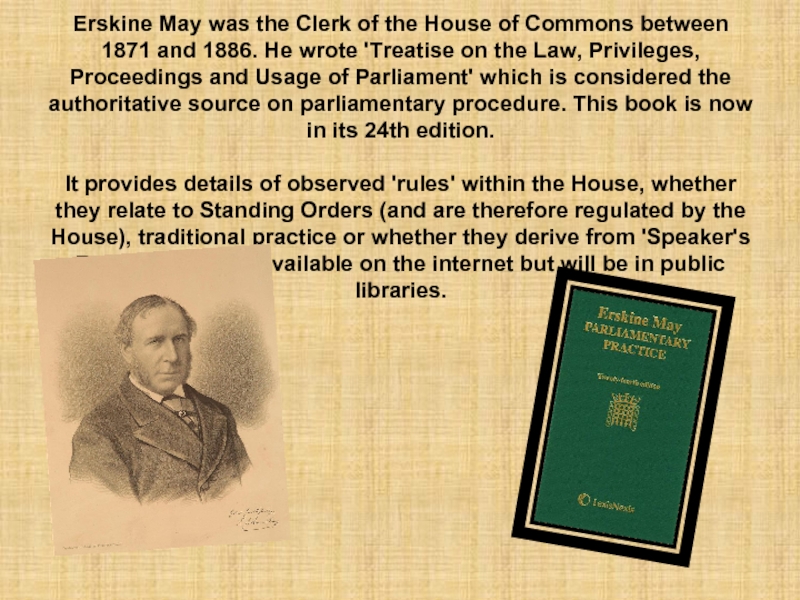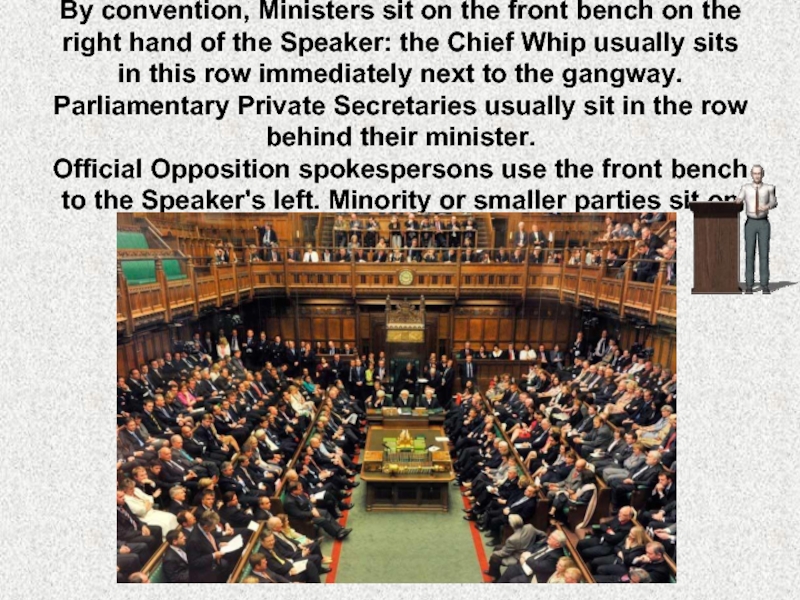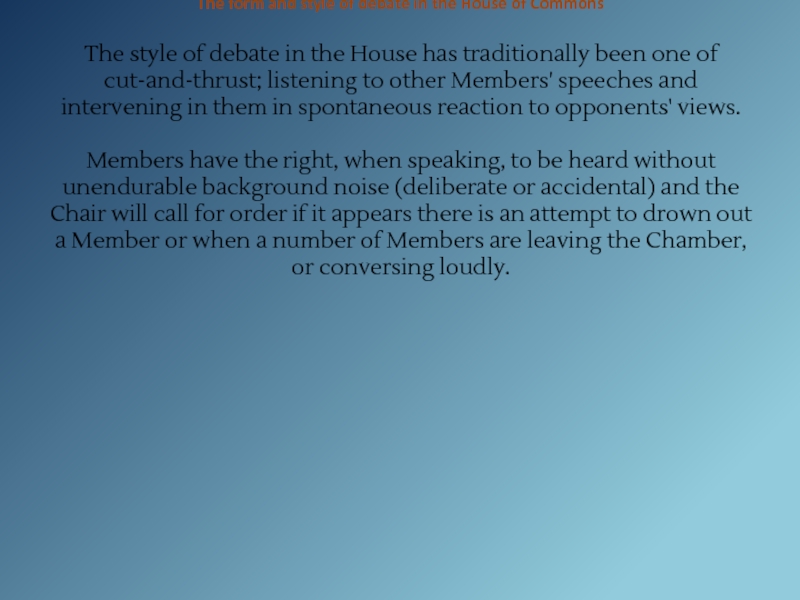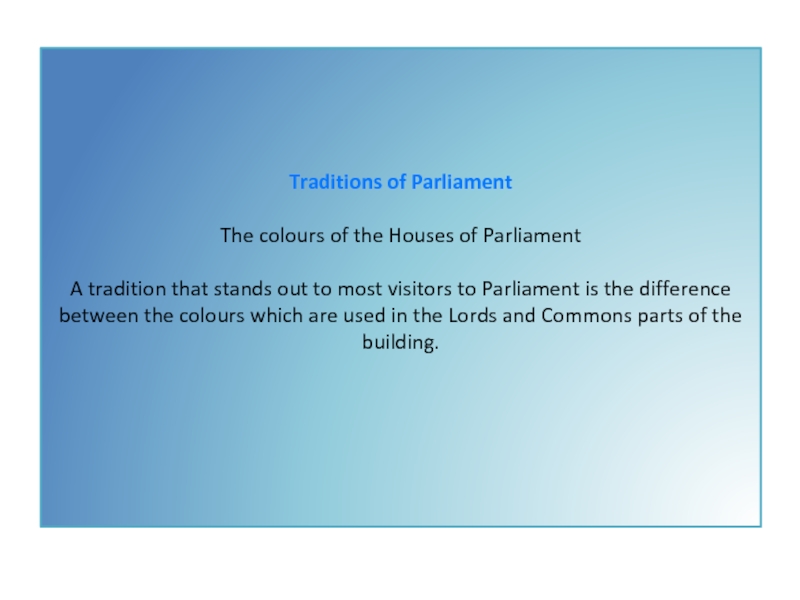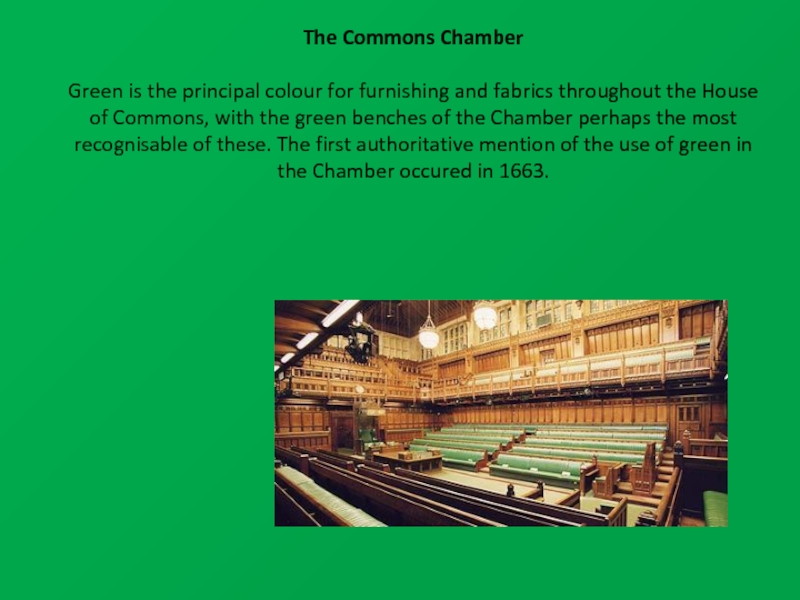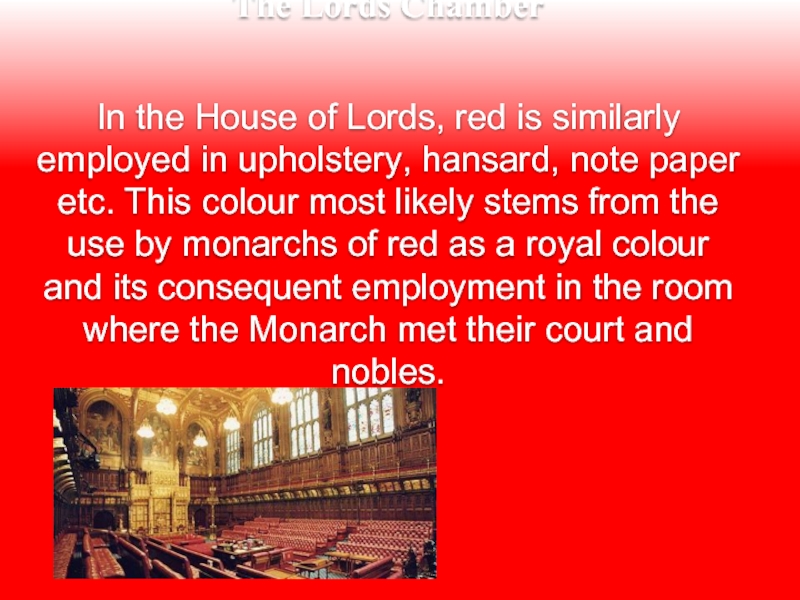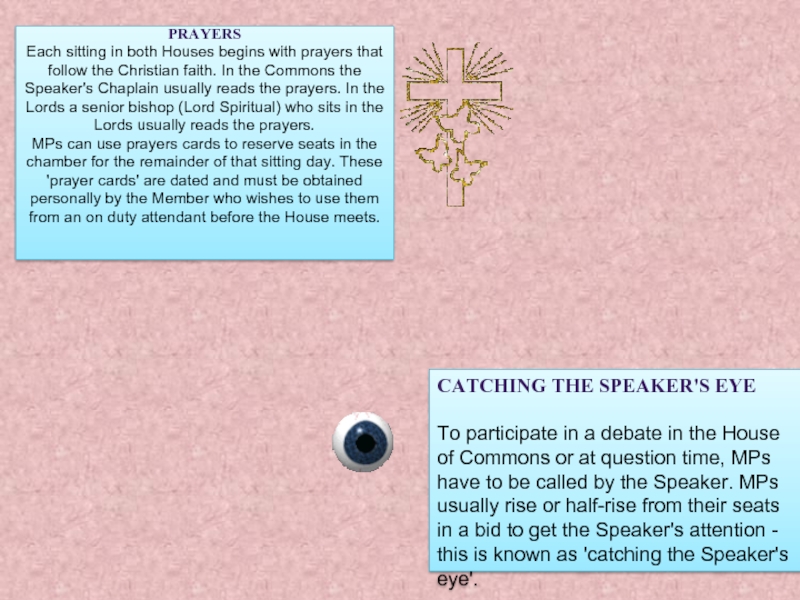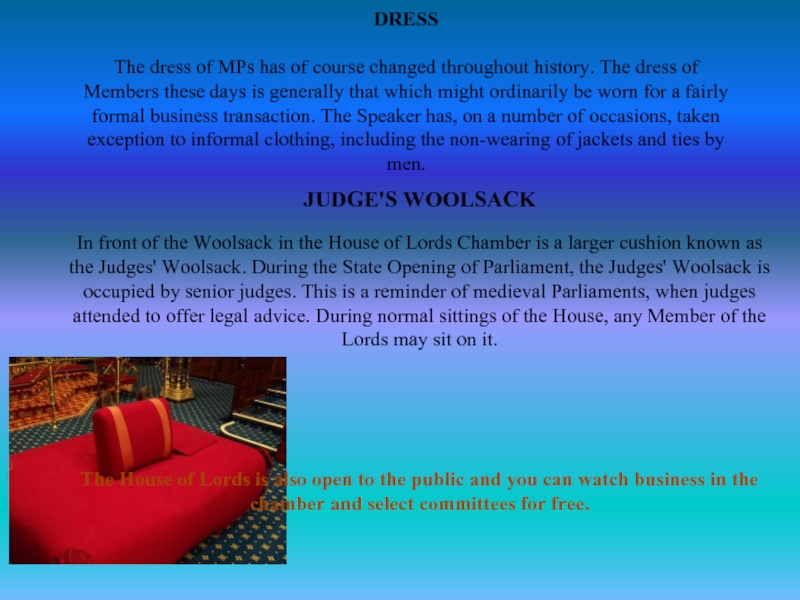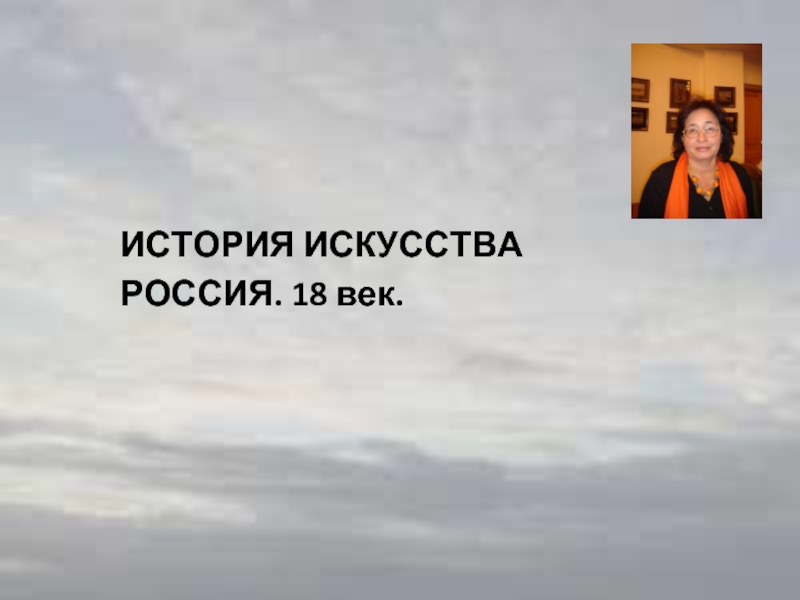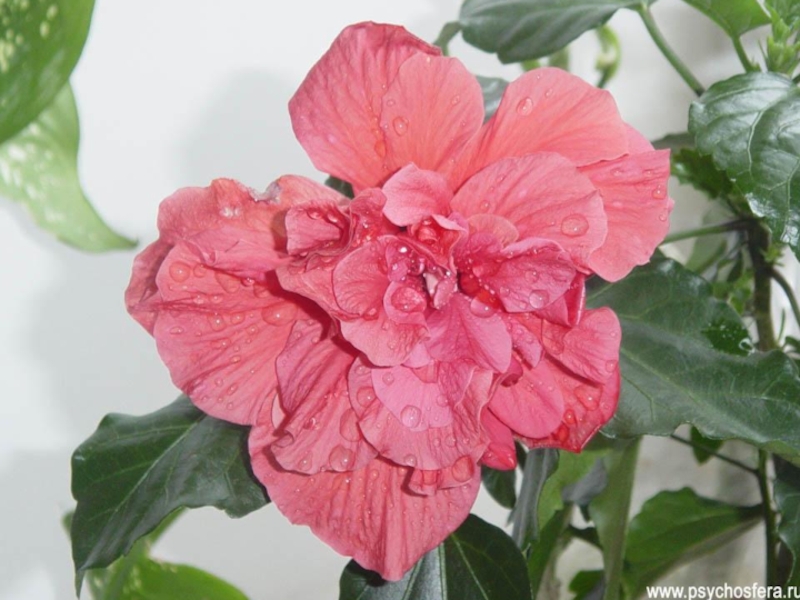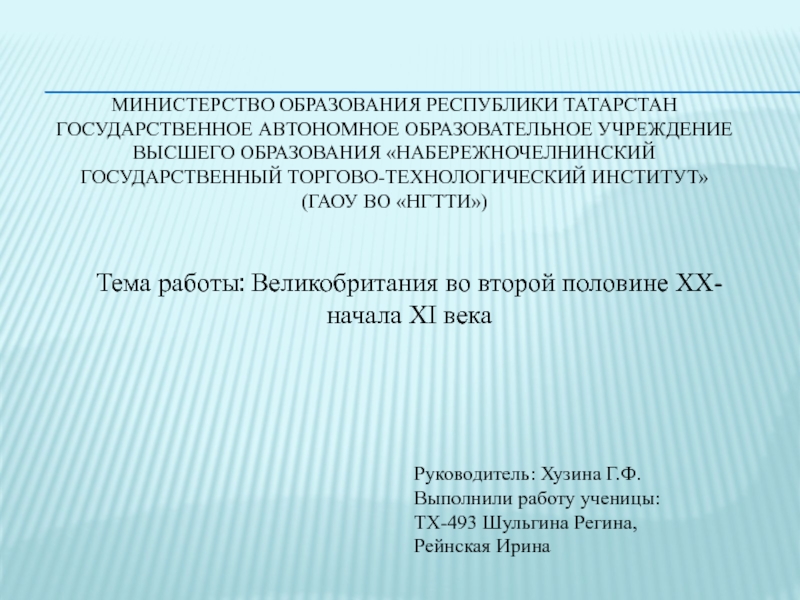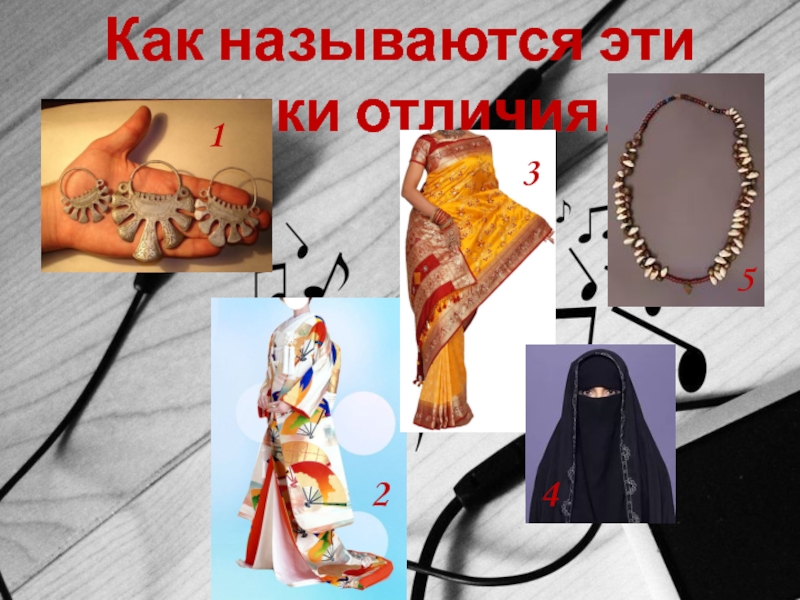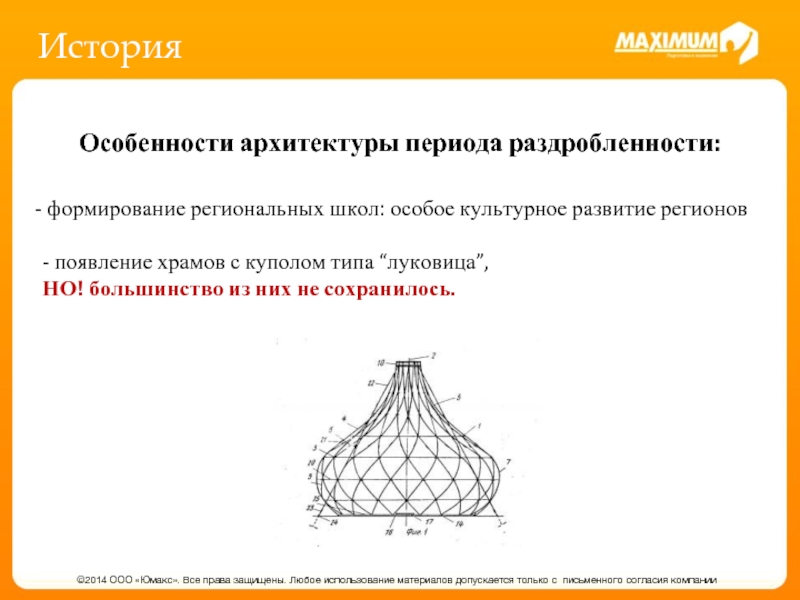- Главная
- Разное
- Дизайн
- Бизнес и предпринимательство
- Аналитика
- Образование
- Развлечения
- Красота и здоровье
- Финансы
- Государство
- Путешествия
- Спорт
- Недвижимость
- Армия
- Графика
- Культурология
- Еда и кулинария
- Лингвистика
- Английский язык
- Астрономия
- Алгебра
- Биология
- География
- Детские презентации
- Информатика
- История
- Литература
- Маркетинг
- Математика
- Медицина
- Менеджмент
- Музыка
- МХК
- Немецкий язык
- ОБЖ
- Обществознание
- Окружающий мир
- Педагогика
- Русский язык
- Технология
- Физика
- Философия
- Химия
- Шаблоны, картинки для презентаций
- Экология
- Экономика
- Юриспруденция
Parliament презентация
Содержание
- 1. Parliament
- 2. Erskine May Erskine May was the
- 3. Where Members sit and speak By convention,
- 4. The form and style of debate in
- 5. Traditions of Parliament The colours of
- 6. The Commons Chamber Green is
- 7. The Lords Chamber In
- 8. PRAYERS Each sitting in both Houses begins
- 9. VOTING When MPs vote on debates
- 10. JUDGE'S WOOLSACK In front of the
- 11. Thank you for attention!
Слайд 1THE ORIGINS OF PARLIAMENT GO BACK TO THE 13TH CENTURY, SO THERE
Слайд 2Erskine May Erskine May was the Clerk of the House of Commons
Слайд 3Where Members sit and speak By convention, Ministers sit on the front
Слайд 4The form and style of debate in the House of Commons The
Слайд 5Traditions of Parliament The colours of the Houses of Parliament A tradition that
Слайд 6The Commons Chamber Green is the principal colour for furnishing and
Слайд 7 The Lords Chamber In the House of Lords, red is similarly employed
Слайд 8PRAYERS Each sitting in both Houses begins with prayers that follow the
CATCHING THE SPEAKER'S EYE
To participate in a debate in the House of Commons or at question time, MPs have to be called by the Speaker. MPs usually rise or half-rise from their seats in a bid to get the Speaker's attention - this is known as 'catching the Speaker's eye'.
Слайд 9VOTING When MPs vote on debates or legislation it is called a
Слайд 10JUDGE'S WOOLSACK In front of the Woolsack in the House of Lords
DRESS
The dress of MPs has of course changed throughout history. The dress of Members these days is generally that which might ordinarily be worn for a fairly formal business transaction. The Speaker has, on a number of occasions, taken exception to informal clothing, including the non-wearing of jackets and ties by men.

